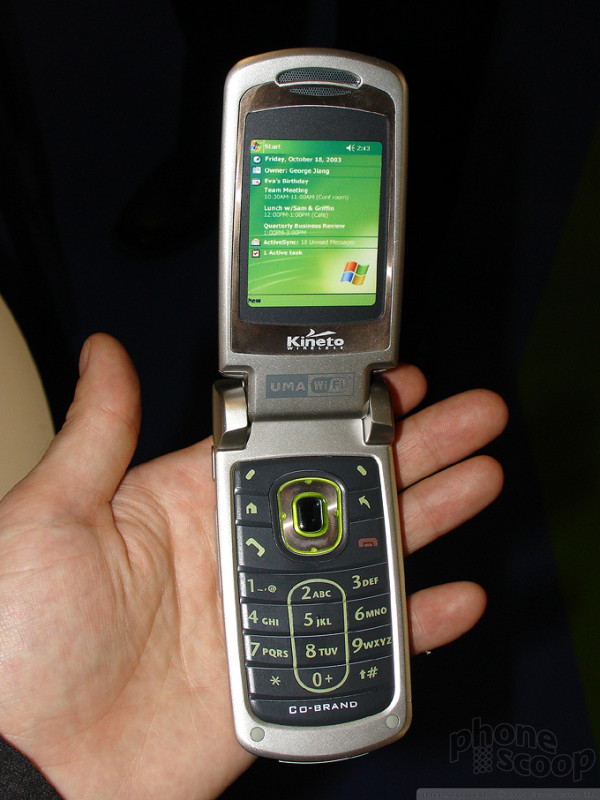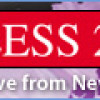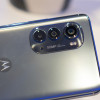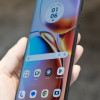3GSM 2005
I reported on Kineto in my coverage of last year's 3GSM show. Their technology is designed to allow seamless voice and data roaming between cellular and Wi-Fi (or Bluetooth) networks. The idea is that customers can use their phone via their own Wi-Fi router and broadband connection at home and/or the office, and then seamlessly use the cellular network everywhere else.
Since last year, Kineto's technology has rapidly gained attention throughout the industry, and the company has recently collaborated with many other major companies, including Nokia, Motorola, Sony Ericsson, Siemens, Cingular, and T-Mobile USA, to make this technology an industry standard.
And that has now come to fruition in less than a year. The technology is generally known as UMA (Unlicensed Mobile Access), and was recently approved as an official 3GPP industry standard called GAN (Generic Access Network). ("Unlicensed" simply refers to the 2.4 GHz spectrum in which Wi-Fi and Bluetooth operate, and it simply means you don't have to get an government (FCC) license to use a Wi-Fi or Bluetooth device, unlike technologies in other parts of the radio spectrum.)
Two devices are now public that support UMA. The first was the BenQ P50, a Windows Mobile Pocket PC that was demoed as CES last month.
The second, announced here at 3GSM, is the Chi Mei UCP-100, a Windows Mobile Smartphone. Since Chi Mei is strictly an ODM, this phone will come to market with another company's logo, and probably a different model number.
Chi Mei is the same company that created the MPx220 for Motorola, and the UCP-100 is clearly based on the same platform. The features are mostly the same as the MPx220, including quad-band GSM, an internal antenna, dual color displays, a 1.3 megapixel camera, Bluetooth, and a miniSD card slot.
But key upgrades over the MPx220 include class 10 EDGE, 802.11g Wi-Fi, and of course the Kineto UMA software.
It was not announced which version of Windows Mobile for Smartphones the UCP-100 will use. The current 2003 version does not include native Wi-Fi support, so the UCP-100 may use the upcoming "Magneto" version.
So what's so great about UMA? The advantage is that the Wi-Fi connection is dramatically cheaper. It's very similar to VoIP technology, in that customers basically provide their own coverage and connection, and the Internet provides the link back to the carrier. As more customers adopt this technology, it reduces load on the cellular network and spectrum, further lowering costs.
So on average, a call made using Wi-Fi costs the carrier about 1/10 that of a typical cellular call. A good portion of that savings can be passed on to the consumer. It is likely we'll see plans in the future that offer standard rates for cellular airtime, and unlimited Wi-Fi airtime for a low flat rate.
But don't confuse this technology with something like Skype. Skype is classic VoIP technology, and doesn't have much to do with cellular protocols like GSM and CDMA. But UMA works by actually tunneling the entire GSM or CDMA session over Wi-Fi and the Internet. So everything works the same as before, and you never have to worry about which network you're on or which interface to use - it's all transparent. The only difference to the user (other than cheaper rates) is that data (GPRS or 1xRTT) automatically jumps to full broadband speed when you're on your Wi-Fi network.
So when will we see UMA hit the market? Well, according to Kineto, trials are underway worldwide, and a major company in the U.S. is expected to launch UMA service later this year. Given that Cingular and T-Mobile USA are both official members of the UMA group, it seems likely that one of those two companies will have the honor of launching the first UMA service.









 CTIA 2005
CTIA 2005
 Hands On with the Motorola edge (2022)
Hands On with the Motorola edge (2022)
 iPhone 14 Plus Offers a Big Screen For Less
iPhone 14 Plus Offers a Big Screen For Less
 Hands On with the Motorola edge+ (2023)
Hands On with the Motorola edge+ (2023)
 Samsung SGH-E720
Samsung SGH-E720
 Panasonic X800
Panasonic X800
 Motorola SLVR L7
Motorola SLVR L7

